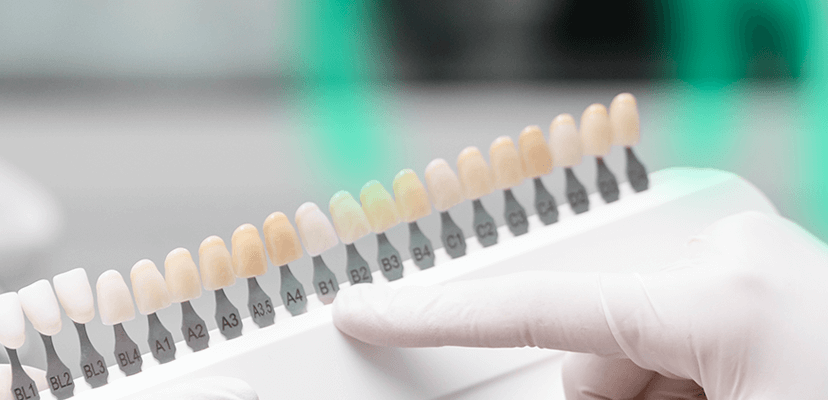Laminate veneers, also known as dental veneers, are thin, custom-made shells that are bonded to the front surface of teeth to improve their appearance.
Laminate veneers can be an option for many people who wish to improve the appearance of their teeth. However, the suitability of veneers for a particular person depends on several factors, including their oral health, the condition of their teeth, and their desired outcome.
In general, good candidates for laminate veneers are individuals with healthy teeth and gums who want to address cosmetic issues, such as stained or discolored teeth, misshapen or uneven teeth, or gaps between teeth. Veneers can also be used to improve the appearance of teeth that are chipped, cracked, or slightly crooked.
However, people with severe dental problems, such as tooth decay, gum disease, or a history of bruxism (teeth grinding), may not be suitable candidates for veneers. In such cases, the underlying dental issues must be addressed before considering veneers.
Advantages of Lamine Veneers
Lamine veneers offer several advantages for individuals looking to improve the appearance of their teeth, including:
- Veneers can be customized to match the color, size, and shape of the person's natural teeth, providing a natural-looking and aesthetically pleasing result. They can also be used to correct a wide range of cosmetic dental issues, including stains, chips, gaps, and misshapen or uneven teeth.
- Unlike crowns, which require significant tooth reduction, laminate veneers require only a small amount of enamel removal, preserving more of the natural tooth structure.
- Laminate veneers are made from durable materials, such as porcelain or composite resin, which can withstand daily wear and tear and last for many years with proper care.
- They are highly resistant to staining from foods, beverages, and tobacco products, helping to maintain their natural appearance over time.
- They can be maintained with good oral hygiene practices, such as regular brushing, flossing, and dental check-ups.
Laminate veneers can provide a long-lasting, natural-looking solution for a variety of cosmetic dental issues, with minimal tooth reduction and easy maintenance.
How Are Laminate Veneers Prepared?
The process of preparing laminate veneers involves several steps. The first stage is to consult with a dentist to discuss the goals and expectations. During this visit, the dentist evaluates the patient's oral health, assesses their teeth, and discusses the procedure with them.
- Once the patient and the dentist have decided to proceed with lamine veneers, the next step is to prepare the teeth. This involves removing a thin layer of enamel from the surface of the person's teeth to make gaps for the veneers.
- After preparing the teeth, the dentist takes an impression of them, which is used to create a model of the patient's mouth. This model is needed to design the veneers to fit the teeth precisely. Using this model, a dental laboratory creates a custom design for the veneers. This process may take several days.
- When the veneers are ready, the dentist bonds them to the teeth using a special adhesive. They then use a curing light to harden the adhesive and secure the veneers in place.
Overall, the process of preparing laminate veneers generally takes several weeks and may involve multiple appointments with the dentist. However, the results can be perfect, with veneers providing a natural-looking and long-lasting solution for a variety of cosmetic dental issues.
How is Laminate Veneer Applied?
When the patient has decided to proceed with laminate veneers, the dentist prepares their teeth by removing a thin layer of enamel from the front surface of each tooth. This is done to create space for the veneers and to ensure a proper fit.
While the person's permanent veneers are being made, the dentist places temporary veneers on the teeth to protect them and provide a temporary solution functionally.
Once the permanent veneers are ready, the dentist removes the temporary veneers and places the permanent veneers on the teeth using a dental adhesive. They are carefully positioned and adjusted to ensure a comfortable and natural-looking fit.
The dentist uses a special curing light to bond the veneers to the teeth, providing a strong and durable bond. The specialist makes final adjustments to ensure they are properly aligned and comfortable. The patient may need to return for a follow-up appointment to ensure the veneers are functioning properly.

